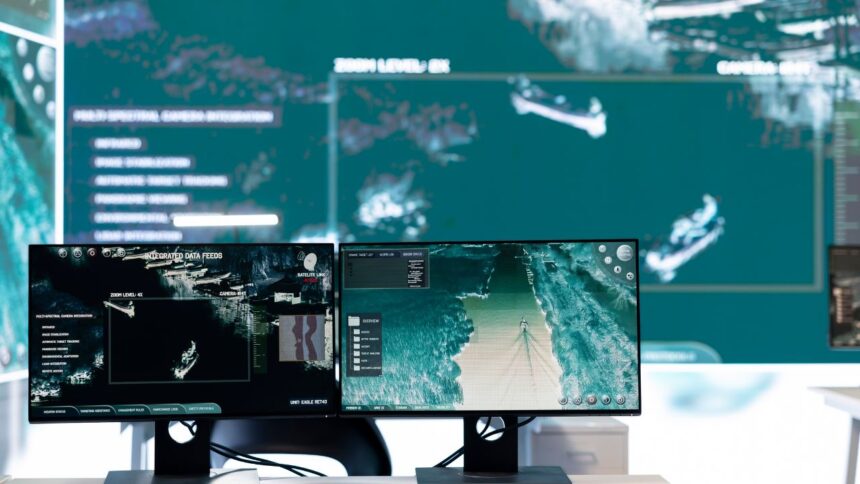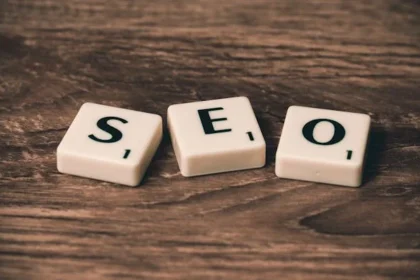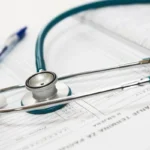Calibration, also known as kalibraatio in some European languages like Finnish, is a critical process across many technical and industrial fields. Whether you’re in electronics, manufacturing, pharmaceuticals, or research, accurate measurements are vital, and calibration ensures those measurements remain trustworthy.
This article explains what calibration is, how it works, why it’s important, and how often it should be performed. It also includes references, real-world applications, and practical recommendations based on industry standards.
Understanding Calibration (Kalibraatio)
Calibration is the process of comparing a measurement device (like a thermometer or pressure gauge) to a known standard to ensure its accuracy. If the device shows a significant deviation from the standard, it may be adjusted or corrected.
The term kalibraatio is often used interchangeably in international documents and technical standards, particularly in European regions, to refer to the same process.
According to Wikipedia, calibration involves configuring an instrument to provide results within an acceptable range. It’s not just about adjusting a device; it’s about verifying and validating its performance.
Why Is Calibration Important?
Calibration plays a crucial role in:
- Ensuring Safety: In aviation, healthcare, or chemical plants, an inaccurate sensor can lead to serious harm or accidents.
- Maintaining Quality: In manufacturing, uncalibrated equipment may lead to defects or product recalls.
- Compliance: Industries governed by ISO, FDA, or other regulatory bodies must comply with strict calibration standards.
- Data Reliability: Research labs and scientific institutions depend on precise instruments for credible results.
Without calibration, decisions based on faulty measurements can lead to costly errors or unsafe outcomes.
How Calibration Works – The Process Explained
The basic steps of calibration typically include:
- Reference Standard Selection: A certified standard device (traceable to national or international standards) is used as the reference.
- Device Under Test (DUT): The instrument being tested is compared against the standard.
- Measurement Comparison: Readings are taken and documented at specific intervals.
- Adjustment (if needed): If deviations are outside acceptable limits, the device may be adjusted.
- Documentation: A calibration certificate is issued for quality assurance or audits.
Some calibrations are performed on-site, while others require the instrument to be sent to an accredited laboratory.
Devices That Commonly Require Calibration
Calibration applies to a wide variety of devices, such as:
- Thermometers
- Pressure gauges
- Multimeters and oscilloscopes
- Scales and balances
- Flow meters
- Torque wrenches
- Spectrometers
Each device has its calibration method, frequency, and standard values based on manufacturer or industry recommendations.
Calibration vs. Adjustment — What’s the Difference?
While many use the terms interchangeably, there’s a technical difference:
- Calibration is the act of verifying accuracy by comparison with a standard.
- Adjustment is the act of correcting or tuning the device if it’s found to be inaccurate during calibration.
Calibration may occur without adjustment if the instrument is already within tolerance.
How Often Should You Calibrate?
There’s no one-size-fits-all answer. The frequency of calibration depends on:
- Manufacturer’s recommendation
- Usage intensity
- Environmental conditions
- Regulatory requirements
- Criticality of the measurement
For instance, equipment used in pharmaceutical manufacturing (subject to FDA audits) is often calibrated monthly or quarterly, while basic industrial tools might be calibrated once a year.
A good practice is to keep a calibration schedule and log for every instrument.
Competitor Benchmark: Fluke Calibration Tools
One of the most recognized names in this field is Fluke Calibration, known for high-precision calibrators and software used in labs and industries. While many companies use Fluke’s equipment, it’s important to compare features, pricing, and certification needs before choosing tools or services.
Alternative calibration service providers also exist with ISO/IEC 17025 accreditation, an important marker for quality and traceability.
Modern Trends in Calibration: Digital & Automated Systems
Modern calibration is increasingly automated. Cloud-based calibration software, digital reference standards, and smart devices now make it easier to:
- Manage records
- Schedule future calibrations
- Receive alerts on drift or expiration
- Maintain audit readiness
Such systems are particularly useful in regulated industries like aerospace or biotechnology, where calibration history is critical.
Recommendations: Best Practices for Reliable Calibration
To maintain measurement integrity and compliance, here are a few expert recommendations:
- Use Accredited Labs Only: Always choose ISO/IEC 17025 certified labs for critical calibrations.
- Keep Detailed Records: Maintain certificates and logs for every calibration cycle to ensure accurate records.
- Train Your Team: Ensure staff understand how to handle, store, and identify calibration needs in devices.
- Check After Major Events: Calibrate instruments after they undergo physical shock, extreme temperatures, or repairs.
- Integrate Calibration Software: This reduces errors and improves compliance reporting.
Conclusion
Calibration, or kalibraatio, may seem like a routine task, but it’s foundational to modern safety, quality, and scientific accuracy. From hospital labs to food factories and aerospace plants, calibrated instruments ensure that every decision made based on measurement is grounded in truth, not guesswork. As technology evolves, so do calibration standards and practices. Whether you’re managing a small toolroom or a high-tech facility, understanding and applying proper calibration processes is non-negotiable.






